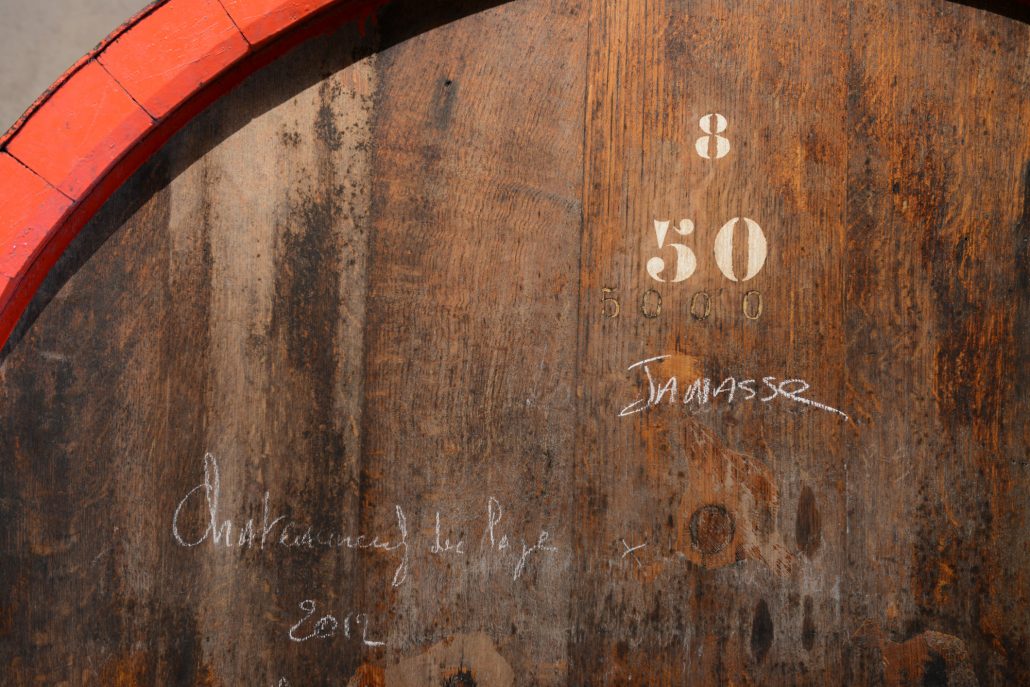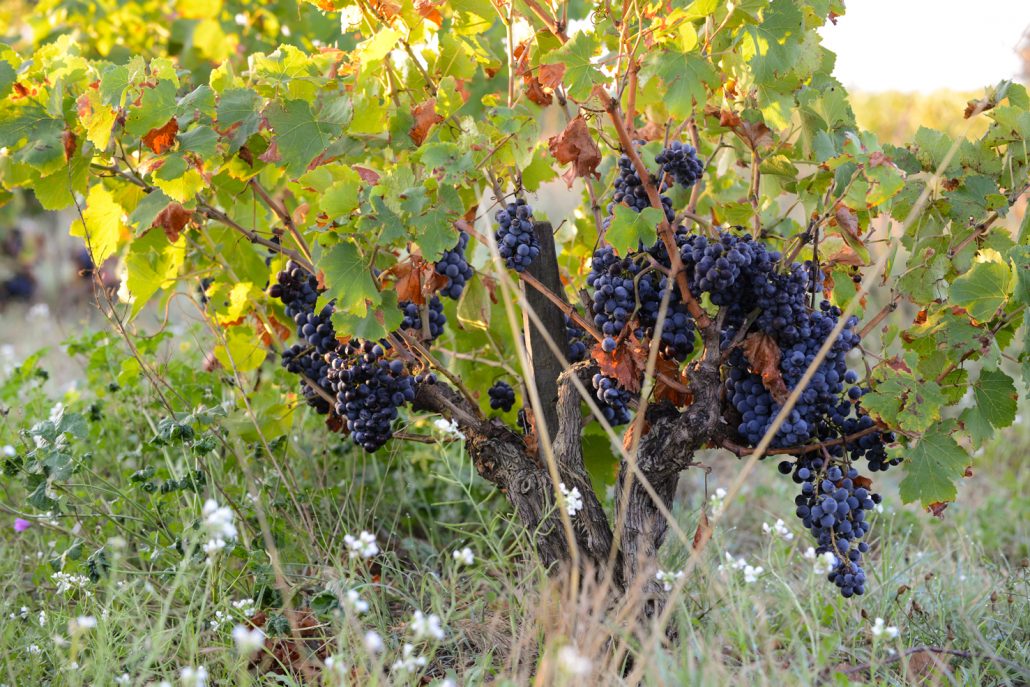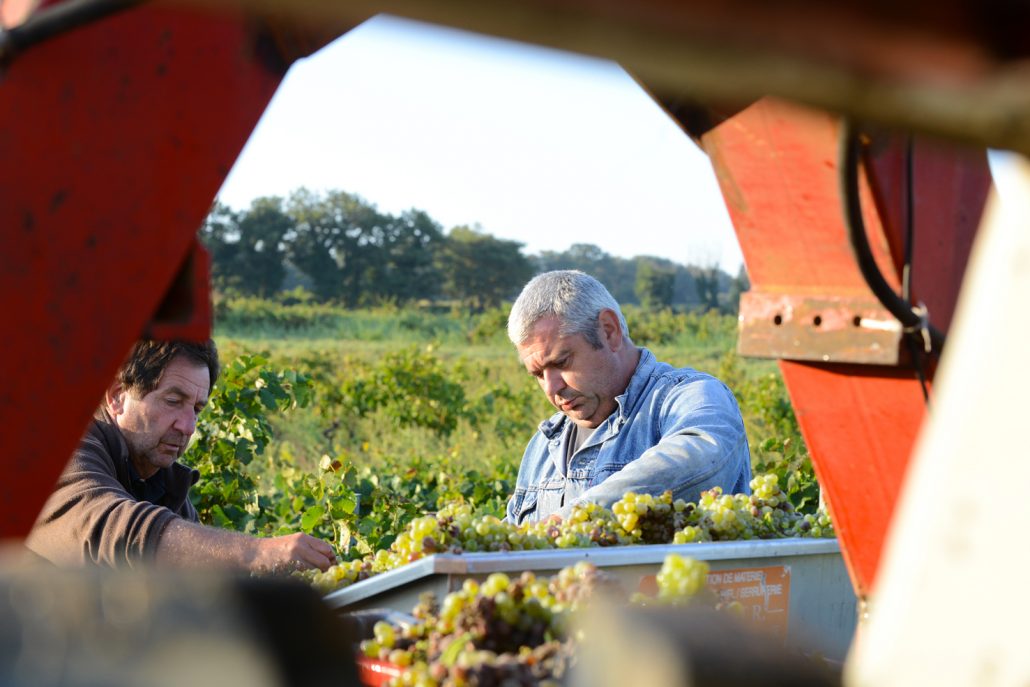In the cellar

Every parcel and every tank are considered unique. That’s why we adapt, in the cellar, our winemaking process based on the quality of the grapes and daily tastings.
In the cellar, we follow a general process. This includes a partial and variable destemming, adjusted between 50% and 80% depending on the ripeness of the stems. Additionally, for some Grenache grapes, a cold pre-fermentation maceration is carried out for 2 to 4 days. Manual pigeage (punching down the cap) is done daily to allow for a delicate extraction of tannins. Temperatures are controlled and maintained between 28 and 32°C. Finally, macerations are extended over a period of 3 to 4 weeks to achieve maximum extraction.
Afterward, we separate the free-run juice from the press juice, determining their final blend after tasting.
In parallel, we also test specific techniques like micro-oxygenation and délestage (rack-and-return), especially on our Merlots and Vins de Pays.
Christophe and Isabelle adjust these steps by tasting the musts throughout the winemaking process. The primary goal is to concentrate the aromas and reflect our terroirs, while ensuring precise control over the extraction.
We transfer the wines to barrels quickly, generally 24 to 72 hours after devatting. This rapid transfer ensures a complete aging process. Furthermore, the wood provides beneficial micro-oxygenation from the very beginning, as the wine is naturally rich in CO2 after fermentation.
During malolactic fermentation, specifically, this micro-oxygenation helps prevent reduction phenomena. Moreover, the lees preserve and protect the wines, and the use of new wood promotes a more harmonious marriage between the wood and the wine.
As a general practice, we age the Grenache in large oak casks (foudres), which allows for slower micro-oxygenation. Syrah and Mourvèdre, on the other hand, are aged in barrels, where a more intense micro-oxygenation adds finesse to these tannic grape varieties. To add further complexity, we use a few new barrels from various origins and coopers. However, we maintain these quantities at a low level so as not to overpower the wines or mark them too strongly.
The wines remain in wood for 12 to 14 months in our climate-controlled cellars. During this period, they undergo one or two rackings. Then, in the autumn of the following year, we blend the contents of the foudres and barrels. Finally, the blend stays in tanks all winter to clarify before being bottled in early spring.







